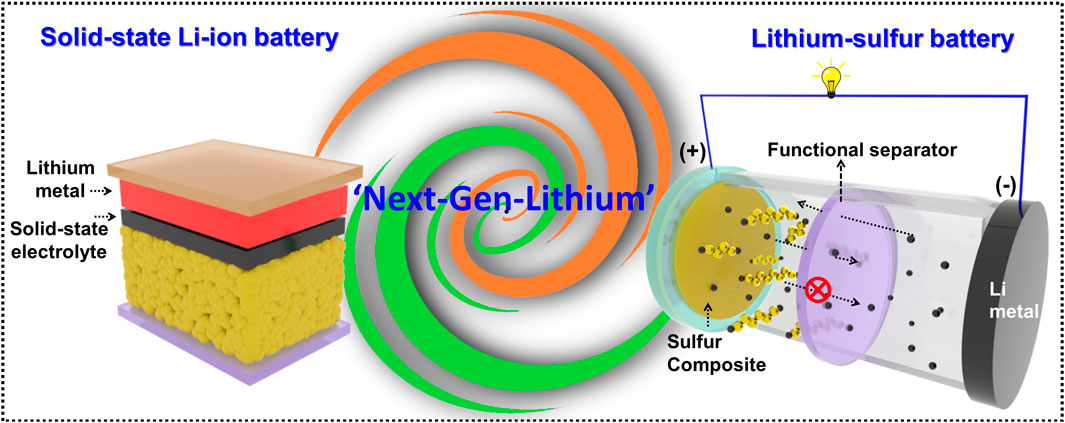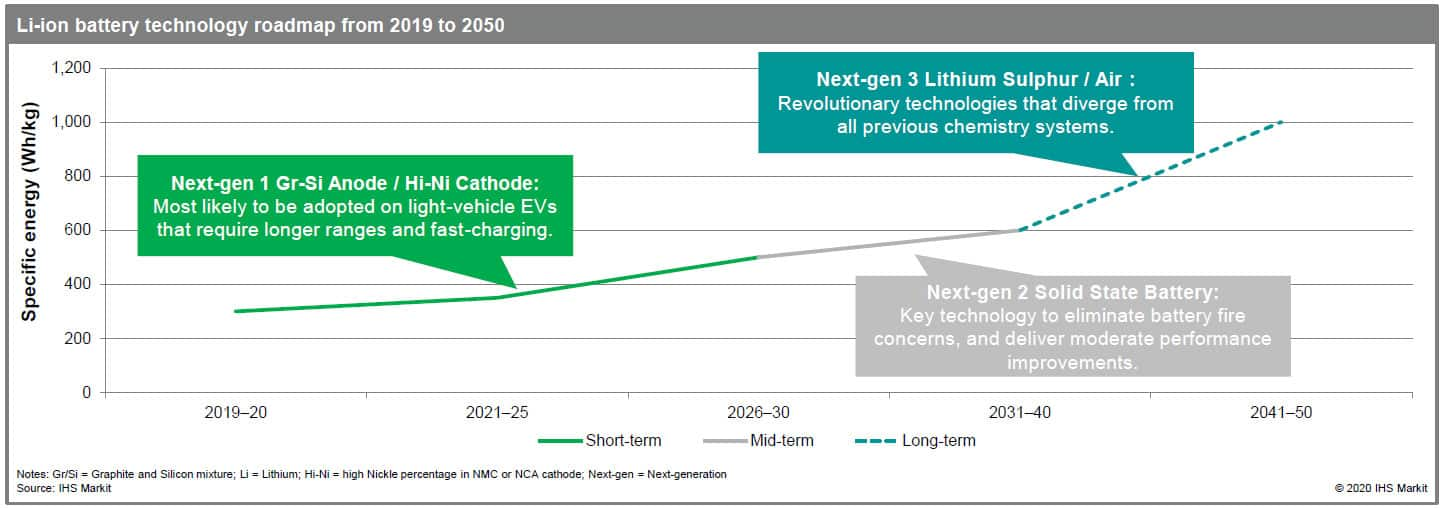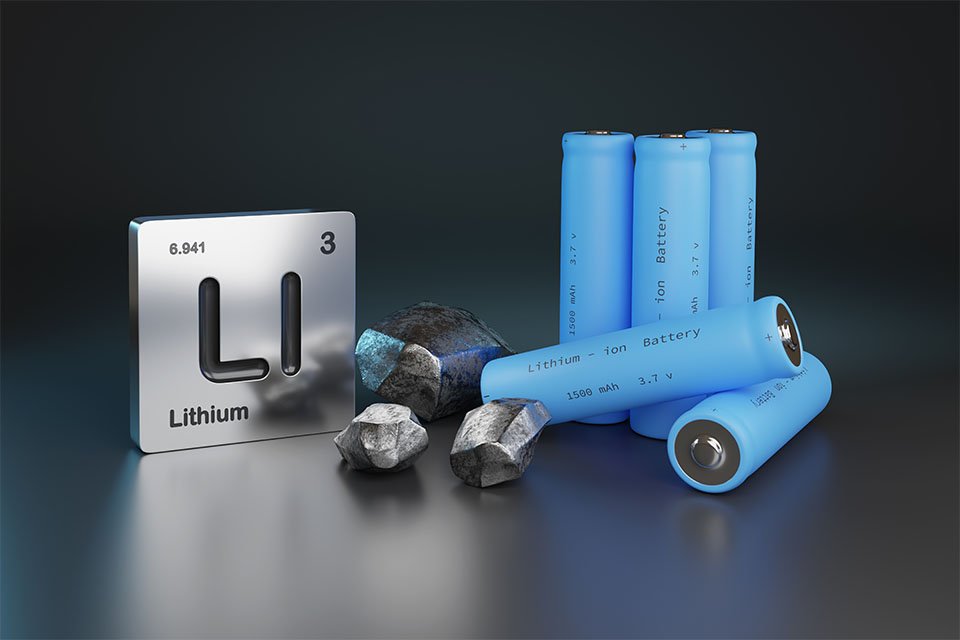
Introduction
Evolution of Batteries in Technology
The journey of battery technology is nothing short of remarkable. From the early days of Thomas Edison’s nickel-iron cells to today’s sophisticated lithium-ion batteries, the evolution has been driven by a need for efficiency, portability, and longer-lasting power. It’s fascinating to think about how something as simple as a battery has transformed our daily lives—powering everything from flashlights to smartphones.
As a child, I remember my toy car running out of juice. Today, that same technology now fuels electric vehicles cruising down the highway. And this is just the tip of the iceberg!
Key milestones in battery evolution include:
- First rechargeable battery invented in the 1860s
- Introduction of nickel-cadmium (NiCad) batteries in the 20th century
- Rise of lithium-ion batteries in the 1990s that revolutionized portable technology
Significance of Next-Generation Batteries
With the rapid advancement in technology, the need for next-generation batteries has never been more critical. These batteries promise improvements in energy density, charging speed, and longevity—essential components in an age increasingly reliant on clean energy solutions.
Next-generation batteries are significant because they:
- Enhance the effectiveness of renewable energy sources
- Reduce reliance on fossil fuels
- Enable longer-lasting and more efficient consumer electronics
Picture a world where electric vehicles charge in minutes rather than hours. This is not just a dream but a step toward a sustainable future, and it is exactly what next-generation batteries aim to achieve. By harnessing these innovations, we are not just powering devices; we are powering the future!

Types of Next-Generation Batteries
Lithium-Ion Batteries
Continuing from the conversation about next-generation batteries, the first type worth diving into is lithium-ion batteries. These trusty powerhouses power not only our smartphones but also laptops and electric vehicles. Their popularity stems from their high energy density and lightweight nature, making them a go-to choice for portable tech.
However, there are always areas for improvement! The lithium-ion battery still faces some challenges, including:
- Limited lifespan
- Sensitivity to temperature
- Safety concerns related to overheating
Solid-State Batteries
Next up are solid-state batteries, often hailed as the future of battery technology! Unlike traditional lithium-ion batteries, which use liquid electrolytes, solid-state batteries utilize a solid electrolyte. This shift enhances safety and efficiency, reducing the risk of leakage and fires.
Imagine the thrill of charging your vehicle in just 15 minutes with a solid-state battery—this could be a reality soon! Advantages of solid-state batteries include:
- Higher energy density
- Longer lifespan
- Improved safety
Flow Batteries
Lastly, we have flow batteries, a unique entry into the battery world that’s gaining momentum, especially for large-scale energy storage. These batteries work on a fascinating principle where two electrolyte solutions circulate through a electrochemical cell.
The perks of flow batteries are numerous:
- Scalability for large applications
- Long cycle life
- Reduced costs over time
In a nutshell, each type of next-generation battery brings its own strengths and challenges, paving the way for a more sustainable energy future! By understanding these variations, we can make informed choices as we protect our planet and embrace technology.

Innovations and Advancements
Research in Battery Technology
As we delve deeper into the landscape of next-generation batteries, it’s essential to spotlight the groundbreaking research enveloping this field. Scientists and engineers worldwide are tirelessly working to enhance battery performance, safety, and sustainability.
For instance, have you ever heard about lithium-sulfur batteries? These cutting-edge batteries promise to deliver five times the energy capacity of conventional lithium-ion batteries! Imagine how this could revolutionize electric vehicle range, translating to less time spent charging and more time enjoying the open road.
Other exciting lines of research include:
- Nanotechnology for improving the efficiency of electrodes
- Biodegradable materials to reduce environmental impact
- Self-healing technology to prolong battery lifespan
Environmental Impact of Next-Generation Batteries
While innovation is pivotal, we must also consider the environmental ramifications of these new technologies. The good news is that next-generation batteries can significantly reduce our carbon footprint. For instance, solid-state batteries not only offer increased energy efficiency but also use fewer rare materials, promoting a cleaner production process.
Key considerations surrounding environmental impacts include:
- Recycling and disposal: Focus on creating batteries that are easier to recycle
- Resource sourcing: Utilizing more sustainable materials to limit ecological disruption
- Lifecycle analysis: Evaluating the environmental footprint from production to end-of-life
By prioritizing both innovation and sustainability, the future of battery technology not only shines bright but also aligns with a greener world. Each leap forward not only powers our devices but also contributes to an eco-friendly future, which is something we can all feel good about!

Applications of Next-Generation Batteries
Energy Storage
Now that we’ve explored the innovations and environmental considerations of next-generation batteries, let’s shift our focus to their practical applications. One of the most exciting uses is in energy storage, especially as we embrace renewable energy sources like solar and wind.
Imagine a world where the sun shines bright during the day, but energy can still be accessed at night! Next-generation batteries make this possible by storing excess energy generated during peak times for use when the sun isn’t shining or the wind isn’t blowing.
Key advantages of using advanced batteries in energy storage include:
- Increased reliability for grid systems
- Reduced energy costs for consumers
- Enhanced stability for renewable energy sources
Electric Vehicles
Let’s not forget about electric vehicles (EVs), which are rapidly becoming a staple on our roads. With advances in battery technology, EVs are gaining impressive ranges and faster charging times, making them more appealing to everyday drivers.
For instance, leading manufacturers are incorporating solid-state batteries that can potentially double the driving range of current lithium-ion models. Benefits of next-generation batteries in electric vehicles include:
- Faster charging—imagine charging your car in a coffee break!
- Extended lifespans, leading to lower overall costs
- Cleaner emissions, aiding our transition to greener transportation
Portable Electronics
Finally, portable electronics have reaped the rewards of these advancements. From smartphones to laptops, the energy density of next-generation batteries allows for slimmer designs without sacrificing performance.
Some standout improvements include:
- Quick charging capabilities, meaning less time tethered to the wall
- Longer battery life providing hours of uninterrupted use
In essence, the applications of next-generation batteries are vast and impactful. By powering energy storage systems, transforming transportation, and enhancing our favorite gadgets, these innovative batteries are redefining how we consume and store energy. The future looks bright, and it’s clearly powered by next-generation technology!

Challenges and Future Outlook
Cost-Effectiveness
As we admire the myriad applications of next-generation batteries, it’s vital to recognize the challenges that lie ahead. One of the most significant hurdles is achieving cost-effectiveness. While these advanced batteries offer numerous benefits, the initial investment can often be prohibitive.
Have you ever considered how the price tag of electric vehicles has gradually dropped? This decrease is creditable to advancements in battery production, but the journey hasn’t been seamless. Key considerations for cost-effectiveness include:
- Raw material sourcing: Fluctuating prices for components like lithium and cobalt can hinder affordability.
- Manufacturing complexities: Improvements in production methods are crucial to lowering costs while maintaining quality.
Scaling up Production
Another fundamental challenge is scaling up production. As demand for next-generation batteries grows, so does the need for efficient manufacturing. This is particularly critical in the electric vehicle market and large-scale energy storage.
Imagine your favorite local café suddenly gaining popularity for its signature latte; they must expand quickly to keep up with demand! Similarly, battery manufacturers are working to enhance capacity through:
- Automation: Investing in cutting-edge technology to streamline production processes.
- Partnerships: Collaborating with other industries to share resources and knowledge.
Integration with Renewable Energy Sources
Lastly, integrating next-generation batteries with renewable energy sources presents both a challenge and an opportunity. While these batteries can enhance energy storage capabilities, aligning technology with existing grids remains a complex undertaking.
Important aspects to consider:
- Grid infrastructure: Upgrading the current system to accommodate new battery technology can require significant investments.
- Policy and regulation: Governments need to foster an environment conducive to clean energy solutions.
Despite these challenges, the future outlook for next-generation batteries remains optimistic. The continued commitment to research and innovation, coupled with the pressing need for sustainable solutions, makes it clear that this new wave of technology has the potential to transform energy consumption and storage permanently. The road ahead may have bumps, but the destination is undoubtedly worth it!

